Planning a Kailash Mansarovar Yatra from Delhi is a significant undertaking that requires careful preparation and attention to detail. This pilgrimage to the sacred Mount Kailash and Mansarovar Lake is not only a physical journey but also a deeply spiritual experience for many devotees. In this comprehensive guide, we’ll explore the step-by-step process of planning this pilgrimage from Delhi, covering everything from obtaining necessary permits to physical preparation and cultural considerations.
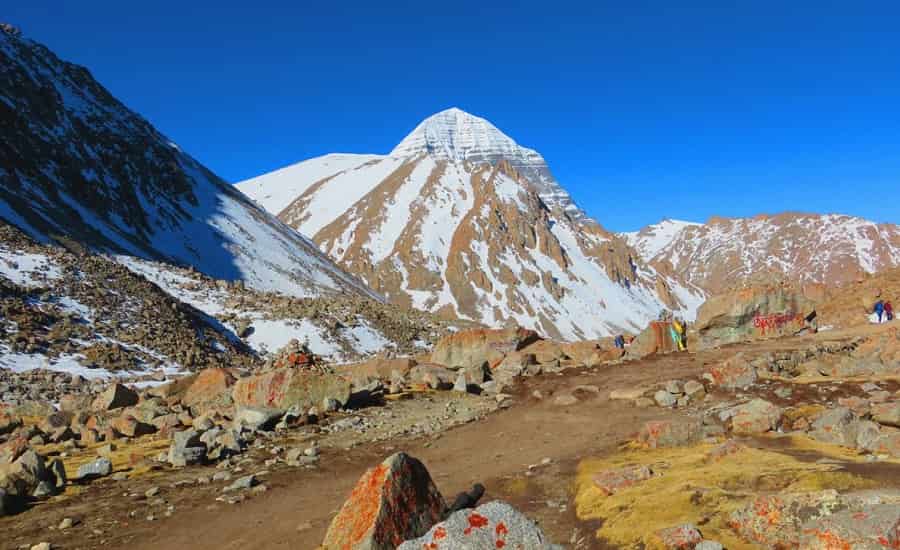
Best Time to Visit
Undertaking the Kailash Mansarovar Yatra during the months of May to September ensures favorable weather conditions and accessible trekking routes. During this period, the summer months offer milder temperatures and clearer skies, facilitating a more comfortable and enjoyable pilgrimage experience. However, it’s essential to avoid traveling during the winter months (November to February) due to harsh weather conditions, including heavy snowfall and freezing temperatures, which can pose significant challenges and risks to pilgrims.
How to Reach
There are two primary routes for pilgrims embarking on the Kailash Mansarovar Yatra from Delhi: the Nepal route and the Indian route.
Nepal Route
- Commencement from Kathmandu, Nepal
- Stops at Nepalganj and Simikot
- Crossing Hilsa border into Tibet
- Arrival at Purang (Taklakot)
- Proceeding to Darchen for the pilgrimage
- Explore Mount Kailash Parikrama
- Helicopter and overland transport options available
Indian Route
- Departure from Delhi, India
- Journey through Almora and Dharchula
- Crossing the Lipulekh Pass
- Arrival at Taklakot (Purang) in Tibet
- Continuing to Darchen
- Completing the pilgrimage with Mount Kailash and Mansarovar Lake visit
- Managed by the Ministry of External Affairs, Government of India
Accommodations
Accommodations during the Kailash Mansarovar Yatra vary depending on the location and route chosen by pilgrims. In major cities and towns, pilgrims can find comfortable hotels offering essential amenities and services. However, in remote areas along the yatra route, accommodations may consist of guesthouses, lodges, or campsites with basic facilities. It’s advisable to book accommodations in advance, especially during peak pilgrimage seasons, to ensure availability and a comfortable stay throughout the journey.
Food
Vegetarian meals are predominantly served during the Kailash Mansarovar Yatra, in accordance with the religious beliefs and dietary preferences of pilgrims. Meals typically include a variety of nutritious dishes made from locally sourced ingredients, providing pilgrims with sustenance and energy to undertake the challenging trekking routes and high-altitude conditions. Pilgrims are encouraged to carry essential snacks, bottled water, and personal hygiene items to supplement their dietary needs during the journey.
Facilities
Basic facilities such as toilets, medical aid, and communication services are available at various points along the yatra route to cater to the needs of pilgrims. However, it’s essential to be prepared for limited amenities in remote areas, where facilities may be scarce or rudimentary. Pilgrims are advised to carry essential items such as first aid kits, medications, and communication devices to ensure their safety and well-being throughout the journey.
Registration
Pilgrims are required to register for the Kailash Mansarovar Yatra through authorized agencies or the Ministry of External Affairs, Government of India. The registration process involves obtaining permits and necessary documentation to ensure compliance with regulatory requirements and facilitate a smooth and hassle-free journey. Pilgrims are encouraged to complete the registration process well in advance to secure permits and make necessary travel arrangements for the yatra.
Itinerary
A well-planned itinerary is essential for a successful and meaningful Kailash Mansarovar Yatra, outlining the day-wise activities, travel arrangements, accommodations, sightseeing opportunities, and cultural experiences along the journey. A comprehensive itinerary provides pilgrims with a structured framework to follow, ensuring that they can make the most of their pilgrimage experience while adhering to time constraints and logistical considerations.
- Day 1: Departure from Delhi to Kathmandu.
- Day 2: Travel from Kathmandu to Nepalgunj.
- Day 3: Flight from Nepalgunj to Simikot and onward to Hilsa. Cross the border into Tibet and proceed to Taklakot.
- Day 4: Acclimatization day in Taklakot.
- Day 5: Drive from Taklakot to Lake Mansarovar.
- Day 6: Holy dip and parikrama of Lake Mansarovar.
- Day 7: Begin the trekking parikrama of Mount Kailash, reach Dirapuk.
- Day 8: Continue trekking to Zuthulpukh via Dolma La Pass.
- Day 9: Complete the trek and return to Taklakot.
- Day 10: Return journey from Taklakot to Delhi via Nepalgunj and Lucknow.
- Day 11: Arrive back in Delhi.
Tour Cost
The cost of a Kailash Mansarovar Yatra varies depending on factors such as the chosen route, duration of the journey, accommodations, inclusions (such as meals, transportation, permits), and additional expenses. Pilgrims should budget for transportation, accommodation, permits, guides, and miscellaneous expenses to ensure a financially viable and fulfilling pilgrimage experience.
Travel Tips
Preparing for the Kailash Mansarovar Yatra requires careful planning, physical preparation, and cultural sensitivity to make the journey safe, comfortable, and spiritually enriching. Here are some essential travel tips for pilgrims undertaking the yatra:
- Physical Fitness: Engage in regular physical exercise and endurance training to prepare for the trekking routes and high-altitude conditions encountered during the yatra.
- Packing Essentials: Pack lightweight, breathable clothing, sturdy trekking shoes, warm layers, waterproof gear, sun protection, first aid kit, medications, and personal hygiene items.
- Acclimatization: Acclimate gradually to high altitudes to minimize the risk of altitude sickness and ensure a safe and enjoyable pilgrimage experience.
- Respect Local Customs: Observe and respect local customs, traditions, and religious practices while interacting with local communities and visiting sacred sites along the yatra route.
- Environmental Responsibility: Practice responsible trekking habits, such as minimizing waste, preserving natural resources, and respecting the fragile ecosystem of the Himalayan region.
FAQs
Q-1: Is the Kailash Mansarovar Yatra suitable for everyone?
Ans: The yatra involves trekking at high altitudes and may not be suitable for individuals with certain medical conditions or physical limitations. Consult with a healthcare professional before undertaking the journey.
Q-2: Are permits required for the yatra?
Ans: Yes, permits are required for both the Indian and Nepal routes of the Kailash Mansarovar Yatra. These permits can be obtained through authorized agencies or government authorities.
Q-3: What are the accommodation options during the yatra?
Ans: Accommodation options range from hotels in cities to guesthouses, lodges, and campsites in remote areas along the yatra route.
Q-4: What are the safety precautions to be followed during the yatra?
Ans: Follow safety guidelines provided by tour operators, stay hydrated, avoid overexertion, and adhere to the advice of experienced guides and trek leaders.
Q-5: Is travel insurance necessary for the yatra?
Ans: Travel insurance is recommended to cover medical emergencies, trip cancellations, and other unforeseen circumstances during the yatra.
Conclusion
Embarking on the Kailash Mansarovar Yatra is a sacred pilgrimage journey that requires meticulous planning, physical preparation, and spiritual devotion. By following the guidelines outlined in this comprehensive guide, pilgrims can undertake the yatra with confidence, reverence, and gratitude, ensuring a transformative and spiritually enriching experience of a lifetime amidst the majestic Himalayas and sacred sites of Mount Kailash and Lake Mansarovar.

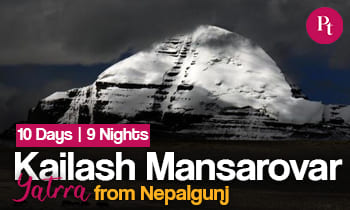
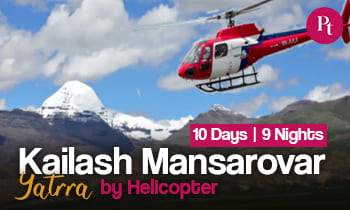
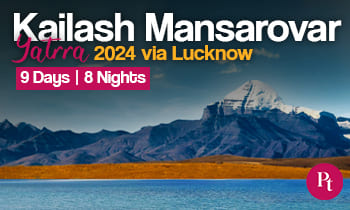
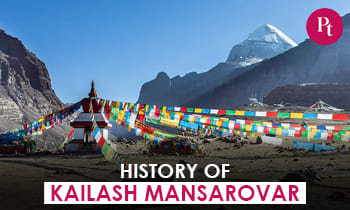
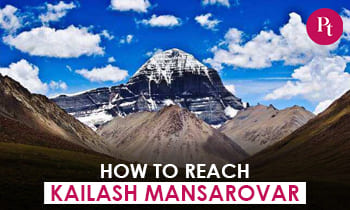
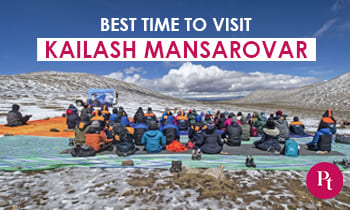
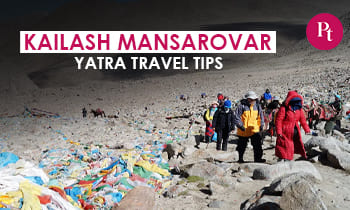
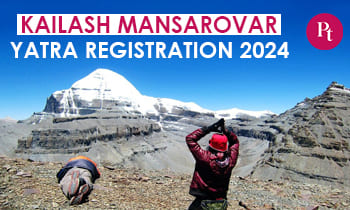

 Call
Call WhatsApp
WhatsApp Enquiry
Enquiry